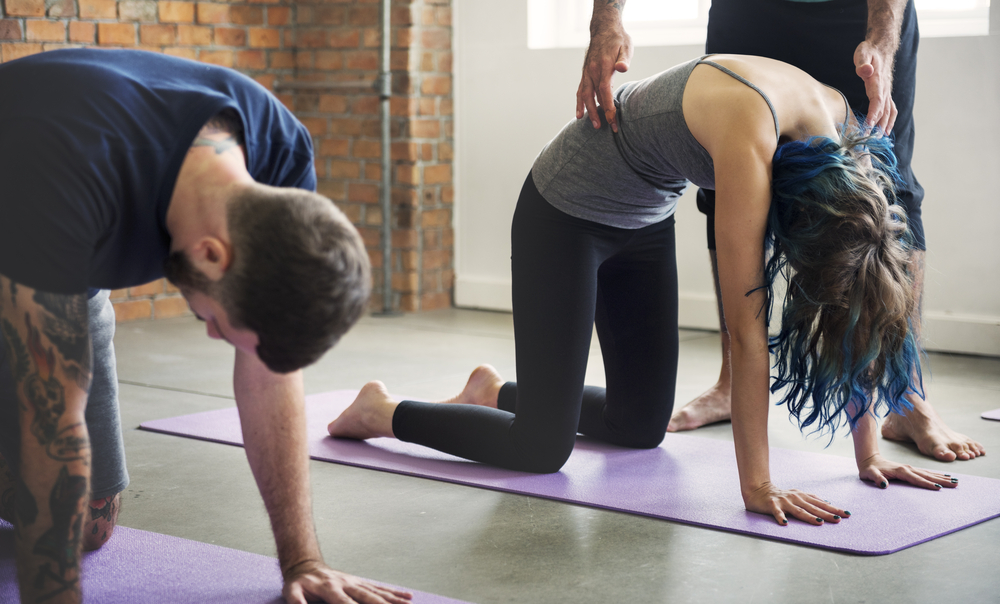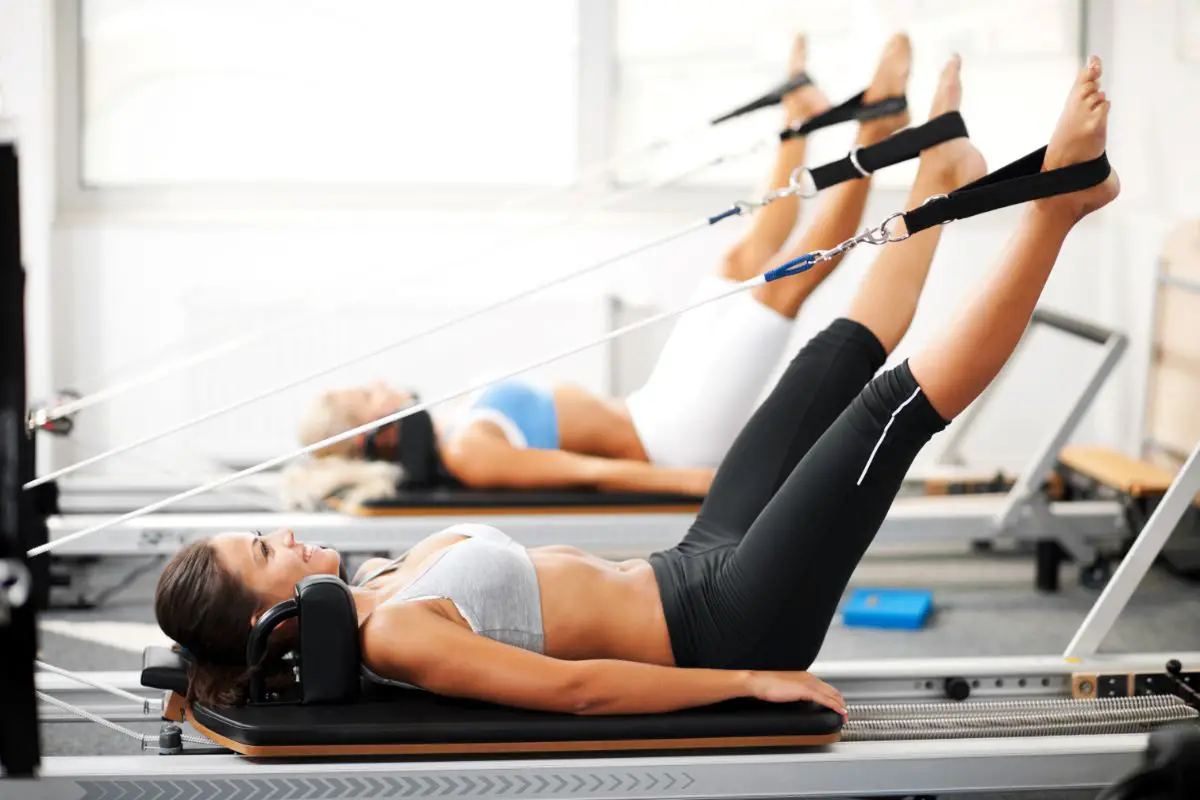Learning

Pilates is a type of exercise that focuses on building strength in the body, specifically core strength. Like any form of exercise, the more you perform Pilates, the better your general fitness and well-being will be.
Many people mix up Pilates and yoga with one another. This is no surprise as both concentrate on improving posture, flexibility, and balance.
However, yoga is believed to be around 5,000 years old and comes with a higher risk of injury. Pilates, on the other hand, is a relatively new type of exercise and the risk of injury is much lower when compared with other strenuous types of movement.
You may think that Pilates is an ancient form of exercise that focuses on connecting the mind and body. But, this is not the case.
Pilates was actually developed in the early 1900s by Joseph Pilates. His goal was to make an exercise regime for injured soldiers and dancers in the UK.
From here, Pilates became increasingly popular around the world as people benefited from the movements, both physically and mentally.
Want to learn more about Pilates? Continue reading as we delve into the history and origin of Pilates and much more below.
Origin Of Pilates
In the grand scheme of history, Pilates is a recent fitness craze. Developed during the First World War, Pilates was the brainchild of Joseph Pilates, a German carpenter and gymnast.
Joseph Pilates was born near Düsseldorf in 1883 but had a troubling childhood, suffering from asthma, rickets, and rheumatic fever.
Rather than feeling defeated by his various ailments, Pilates grew determined to become healthier and stronger. Therefore, in his teens and early twenties, he took up bodybuilding and soon became a model for anatomical drawings.
With his experience of illness and growing stronger through exercise, Pilates wanted to share his knowledge with as many people as he could. But, it wasn’t all plain sailing from here.
Emigrating to the UK in 1912, Pilates became a professional boxer, circus performer, and helped teach self-defense at police schools and Scotland Yard.
The outbreak of World War One saw Pilates interned as a German enemy spy. It was during this time that he began to develop a new approach to exercising and body conditioning. This was to become what we know today as Pilates.
Whilst he was interned, he worked as a nurse, caring for injured patients. This gave him the opportunity to experiment with his new form of exercise.
He started to attach springs to hospital beds to help patients tone their muscles, even if they were still bed bound. He called these movements “Contrology.” These were the very first Pilates machines, now better known as a Pilates Reformer.
Joseph Pilates described these machines himself – “I invented all these machines… it resists your movements in just the right way so those inner muscles really have to work against it.
That way you can concentrate on movement. You must always do it slowly and smoothly. Then your whole body is in it.”
Once World War One ended, Pilates returned to Germany and began working with other pioneers in movement techniques. One man he worked with was Rudolph Laban, the man known for creating the system of dance notation, still being implemented today.
Pilates was still relatively unknown, though. That was until Joseph’s move to the United States in 1925.
Pilates In America
With his wife Clara, Joseph Pilates opened their first body conditioning gym in New York in 1926.
This gym featured most of the apparatus made to help improve Pilates rehabilitation work and before long, it became hugely popular.
The dance community found these apparatus very beneficial in helping them recover sooner from injuries and it wasn’t long until word got out to dance celebrities of the time, such as Ted Shawn Ruth St. Denis, Martha Graham, George Balanchine, and Jerome Robbins.

Pilates was quickly becoming a new fitness phenomenon.
Pilates published “Your Health” in 1932 and “Return to Life Through Contrology” in 1945. These helped people understand his methods and allowed students and admirers to pass on his teachings after his death at the age of 83 in 1967.
During his lifetime, Joseph Pilates’ type of exercise was known as Contrology. It wasn’t until after his death that it was called Pilates.
But, what a legacy Pilates left behind. He is considered the first influential individual to combine both Western and Eastern ideals surrounding physical fitness and health. He knew the ins and outs of many types of exercises thanks to thorough research.
From Roman and Greek exercises to yoga, Pilates incorporated bodybuilding movements with gymnastics to help people build strength when they may not have been able to otherwise.
Alongside Eastern disciplines of martial arts, tai chi, yoga, and even Yen meditation, Pilates was able to sample all kinds of exercises and record the results.
Clara Pilates
Pilates, as we know it today, would not be what it is if it wasn’t for Joseph’s wife Clara. Joseph may have been the man behind the method, but Clara Pilates became the true teacher in their New York studio.
Thanks to Clara, the method was passed on to apprentices who could teach Pilates (known as Contrology at the time) to others, and so on.
A group of people, known as the “Pilates Elder” who trained in that first New York studio spoke of how Clara was a nurturing force behind Joseph. She helped to establish it as a tradition and evolve the method to suit all individuals.
Because English was not Joseph’s or Clara’s first language, very little word was spoken in the original gym. Instead, both Joe and Clara would rely on hands-on help and correction to teach the movements. Rather than talk, they would simply “sculpt you.”
This way, they could help you form a proper posture and complete each movement correctly without getting injured and this is something that continues to this very day.
Pilates Evolution
Over the last hundred years, the Pilates method has evolved slowly and gradually. It has combined more modern biomechanical methods and used contemporary pieces of equipment to further its potential for those who practice Pilates.
That being said, the source and root of the Pilates technique remains the same. Joseph Pilates core movements are still taught and practiced today.
But, with the advancement in anatomical and biomechanical understandings, Pilates has evolved to integrate new ideas.
Starting off in a British hospital over 100 years ago, Pilates has steadily grown in popularity ever since. With the opening of Joseph and Clara Pilates first Pilates studio, word started to spread and it has now become a worldwide craze.
So much so that it is estimated that over 12 million people now practice Pilates across the Globe. And, these numbers are only expected to rise thanks to its evident effectiveness in helping people grow stronger and healthier.
In Summary
Pilates is a relatively new form of exercise, having only been developed around 100 years ago. Today, Joseph Pilates’ range of movements are now practiced by millions worldwide who benefit from Pilates, both physically and mentally.




